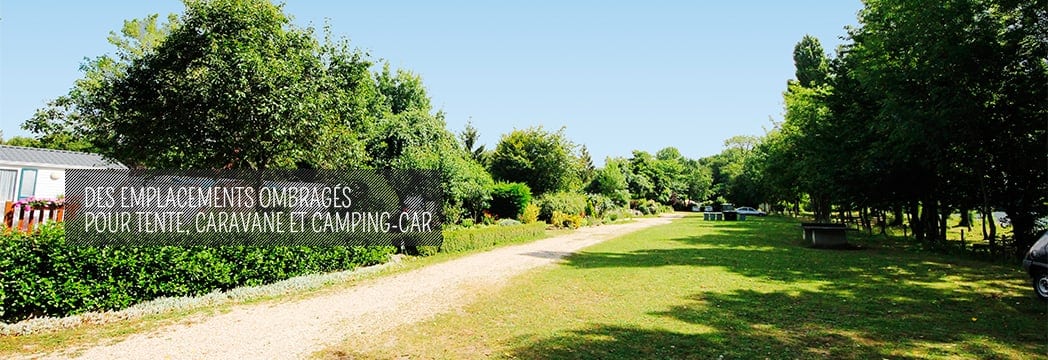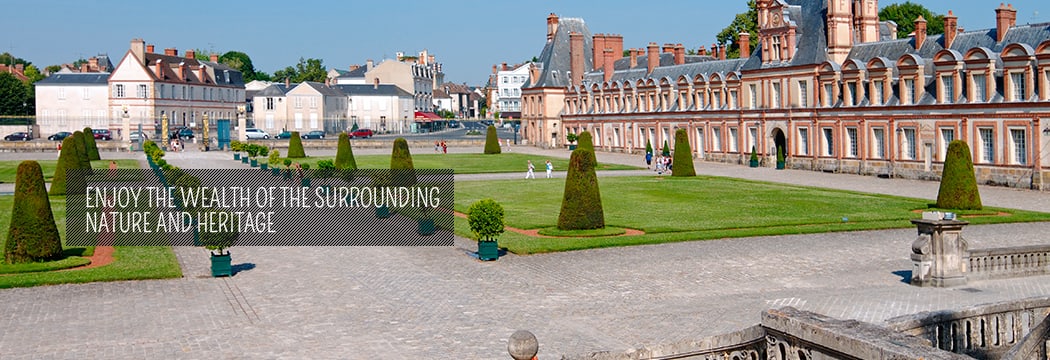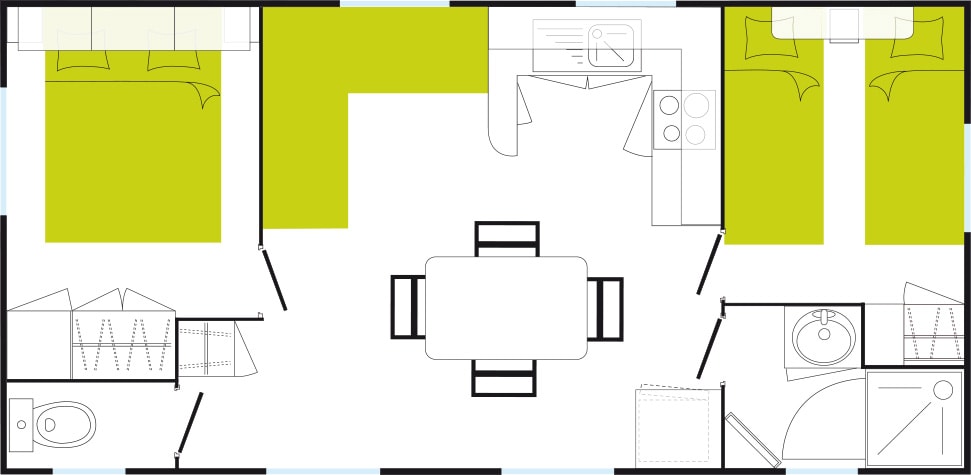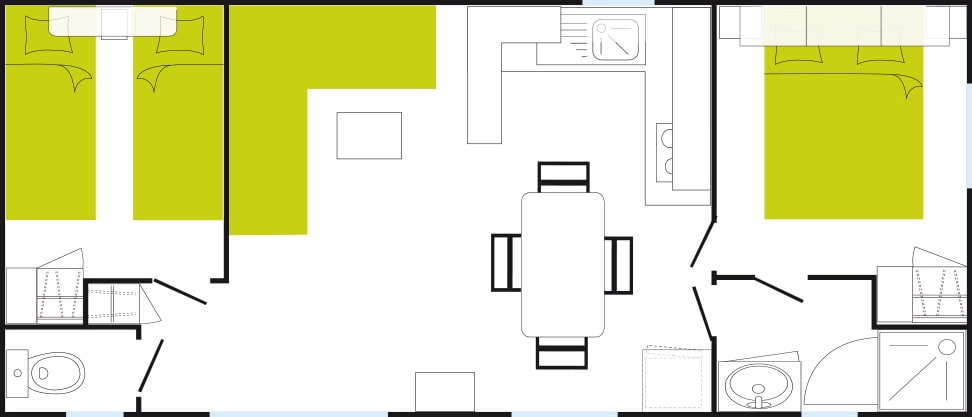SURROUNDING TOWNS AND VILLAGES
FONTAINEBLEAU
The ideal destination...many have left their traces here...All the French sovereigns have been in Fontainebleau.
As a royal and imperial town, but also a holiday town in Seine et Marne, Fontainebleau has been welcoming major figures since a number of centuries. Built near the castle to accommodate the court and supply the palace, the town of Fontainebleau has kept all the aspects of a royal and imperial town. It offers a great cultural wealth to visit. Its forest and park make it the ideal destination for hikers and climbers.
During your visit, also discover the history of the streets of Fontainebleau and its sumptuous Italian style theatre, one of the most beautiful theatres of the region Ile de France. It is entirely renovated and welcomes an abundance of arts.
As an equestrian town with its mounted police and sponsor town of the Republican Guard, Fontainebleau is attached to its old traditions. It has become « capital of the horse » thanks to its unique and prestigious equestrian assets such as the magnificent site of the « Grand Parquet », reserved to dressage and internationally known equestrian competitions, as well as the racecourse of La Solle, one of the oldest racecourses of France. Twenty odd race meetings take place every year at the military equestrian sport centre located in the former stables of the castle. This centre trains military horse riders.
One activity you may not miss during your stay in Fontainebleau: a visit to the Saint Louis market, listed as an « exceptional market » since 1996. It takes place 3 times per week: on Tuesday, Friday and Sunday.
BOURRON-MARLOTTE
Bourron-Marlotte owes its fame to its artistic past. Thanks to its ideal location at the border of the forest of Fontainebleau, Bourron-Marlotte has attracted various painters, writers and musicians, like Cézanne, Corot or Georges Sand. Along the streets of the village, the houses unwind their charm of yesteryear and remind the 19th century atmosphere. The town hall museum holds various art works of painters who spent their holidays here or chose to live in the centre of the village. A trail in the steps of the artists will allow you to discover their dwellings, such as the Saint-Sévère church, probably the oldest church of Le Gâtinais.
MORET-SUR-LOING
This medieval village set along the banks of the Loing, a river that throws itself into the Seine just a little further, offers its visitors an indisputable charm. This charm results from the fortress and its numerous monuments, as well as the natural setting surrounding it.
Its rich past makes it a town full of heritage today: Roman and medieval constructions, history of the kings of France, stopover for impressionist painters, and exceptional site on the banks of the Loing. All these elements offer Moret-sur-Loing a cultural feature and a certain charm.
When you come to visit Môret-sur-Loing, you can also admire the gates that surround the centre, the ramparts, the donjon, the Notre-Dame church, the façade called François 1, the town hall square and the Renaissance houses, as well as the house of the impressionist painter Alfed Sysley.
Besides all that, various events invite visitors to participate in the entertainment of the village: the festival 1900 in September, the spring market, the comic book festival in April...
THOMERY
At the edge of the forest of Fontainebleau, nestled in a loop of the Seine, the small village of Thomery owes its fame to the production of the grape called « chasselas doré ». Even today, you can still admire more than 30 km of grape walls, these « long furrow slices » that were used to cultivate the vineyard until the middle of the 20th century. Its harbour and Seine banks have also inspired impressionists. At the centre of the village the 13th century church, dedicated to Saint-Amand, is really worth a visit. The animal painter Rosa Bonheur was charmed by the village and lived at the castle of By, in a green setting and far away from the chaos of the town, with her favourite 'subjects': animals. The preserved atelier can be visited.
BARBIZON
Formerly a small village, so loved by artists, Barbizon has become an internationally known tourist residence.
At the time of the landscape painters of the 19th century, Barbizon was a modest hamlet. But since then, the artistic glory of the town has made the « village of painters » famous worldwide.
This fame is due to the arrival of animal painters and landscape painters around 1850. They decided to surprise « nature as it is ». Artists studied this nature for what is was, in the open air, meaning, realistically. Their art was to translate the exact emotions felt in the open air, in front of a simple piece of landscape.
The current of the painting school of Barbizon was born.
Even though they had different origins, sensibility and motivations, the relations between these artists grew around the « Auberge Ganne ». Staying with the Ganne couple for a very modest price, these young artists found a friendly accommodation. From Camille Corot, Théodore Caruelle d'Aligny and Paul Huet, the precursors, to Jean François Millet, Théodore Rousseau, and Charles Jacques, to the school of impressionist painters like Bazille, Monet, Renoir and Sysley who impose a new technique with primary colours, fragmented touches and coloured shades, Barbizon will guide you in the footsteps of these famous artists.
You can visit the « Auberge Ganne », the home and atelier of Théodore Rousseau, the atelier of Millet or simply stroll in the forest, looking for landscapes and the extraordinary sun light that brought these painters here.













































